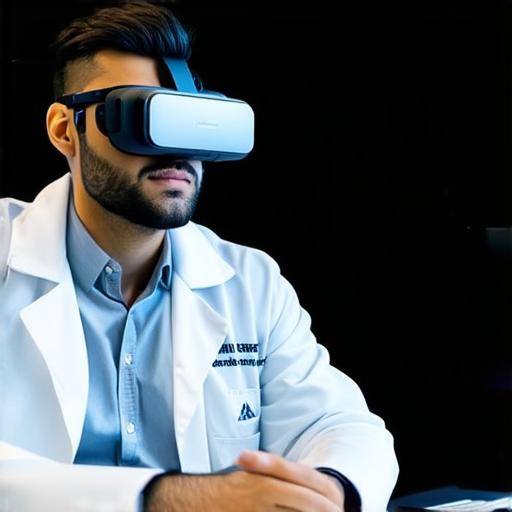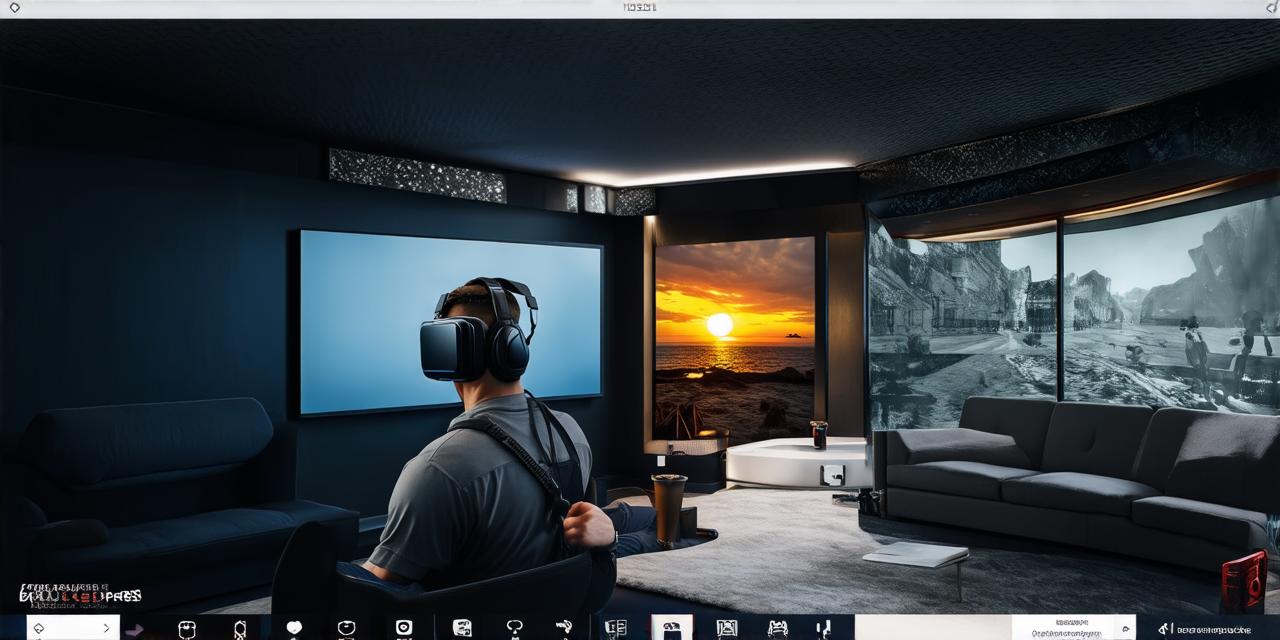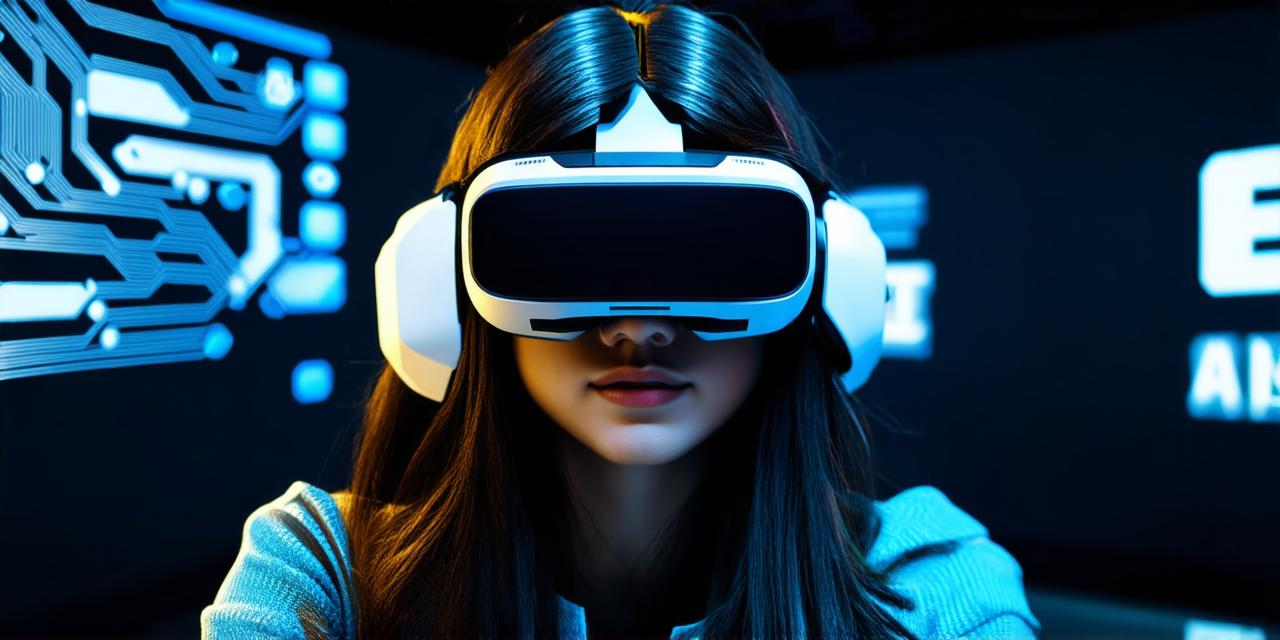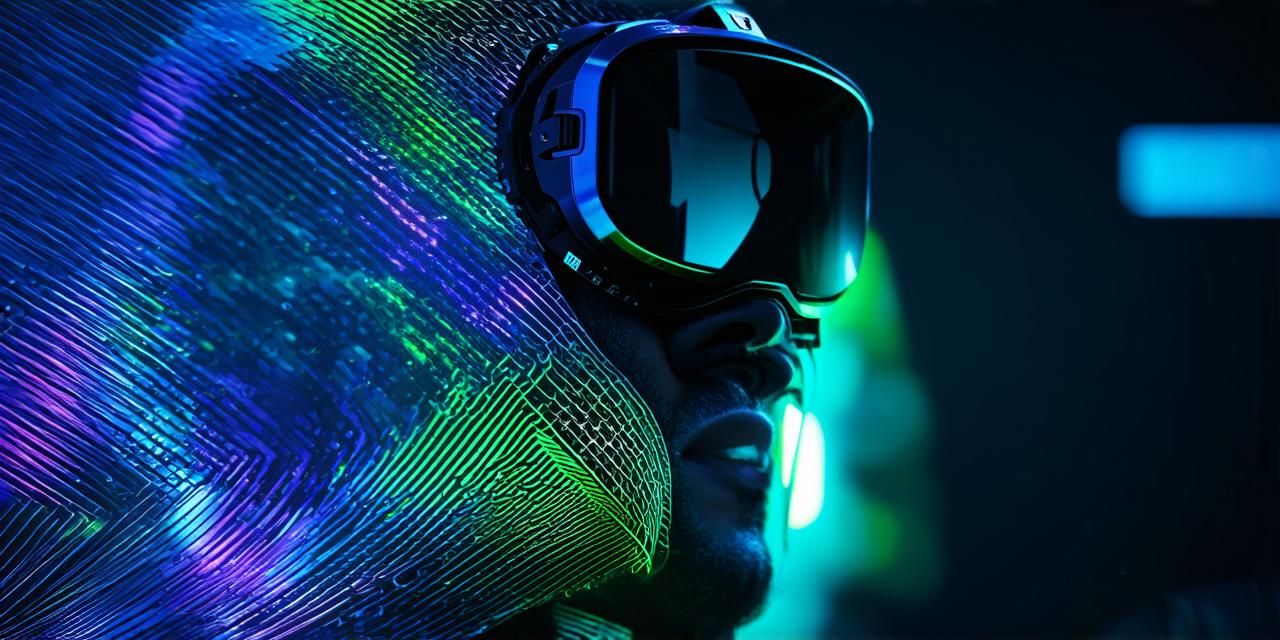What is Virtual Reality Exposure Therapy?
Virtual reality exposure therapy involves exposing a person to a controlled virtual environment that simulates the feared object or situation. The goal is to help the person confront their fears in a safe and controlled setting, with the guidance of a therapist or trained professional. Through repeated exposure to the virtual environment, the person learns to cope with their anxiety and gradually overcome their phobia.
The Benefits of Virtual Reality Exposure Therapy
Virtual reality exposure therapy has numerous benefits that make it an attractive treatment option for many people. Here are some of the key advantages:
- Customizable exposure: VR technology allows therapists to create customized virtual environments that match the specific fears and triggers of their patients.
- Safe exposure: The virtual environment used in VR exposure therapy is a controlled and safe space that allows patients to confront their fears without risking harm or danger. This is particularly important for people with extreme phobias, such as arachnophobia (fear of spiders) or acrophobia (fear of heights), where even the thought of exposure can be overwhelming and dangerous.
- Immersive experience: VR technology provides a highly immersive experience that can replicate real-life situations with remarkable accuracy. This allows patients to feel as though they are truly in the feared environment, providing a more realistic and effective exposure therapy experience.
- Cost-effective: VR exposure therapy is often more cost-effective than traditional in-person therapy, particularly for people who live far from a specialist therapist or have limited financial resources. Additionally, VR technology can be used multiple times, making it an affordable long-term treatment option.
- Accessibility: Virtual reality exposure therapy is accessible to anyone with a computer and internet connection, making it easier for people to receive treatment regardless of their location or physical ability.
Case Studies in Virtual Reality Exposure Therapy
There are numerous studies and case reports that demonstrate the effectiveness of virtual reality exposure therapy for treating various anxiety disorders and phobias. Here are a few examples:
- Arachnophobia: A study published in the Journal of Medical Internet Research found that VR exposure therapy was effective in reducing symptoms of arachnophobia in patients who received 10 sessions of treatment. The study also found that the virtual environment used in VR exposure therapy was more effective than traditional in-person therapy, which relied on the patient’s verbal description of their fear.
- Acrophobia: Another study published in the Journal of Behavior Therapy and Experimental Psychiatry found that VR exposure therapy was effective in reducing symptoms of acrophobia in patients who received 10 sessions of treatment. The study also found that the virtual environment used in VR exposure therapy was more immersive and realistic than traditional in-person therapy, which relied on the use of ladders or other props to simulate heights.
- Social anxiety disorder: A meta-analysis of 18 studies found that VR exposure therapy was effective in reducing symptoms of social anxiety disorder in patients who received 6-12 sessions of treatment. The study also found that VR exposure therapy was more effective than traditional cognitive-behavioral therapy (CBT) in some cases, particularly for people with severe social anxiety disorder.
How to Develop a Virtual Reality Exposure Therapy Program
If you are an AR developer interested in developing a virtual reality exposure therapy program, there are several steps you can take:
- Consult with a mental health professional: Before developing a VR exposure therapy program, it is important to consult with a mental health professional who has experience in treating anxiety disorders and phobias. They can provide guidance on the design and implementation of the virtual environment, as well as help identify the most effective exposure techniques for each specific phobia or anxiety disorder.
- Research existing VR exposure therapy programs: There are several VR exposure therapy programs available that you can study to gain inspiration and insights into how they work. For example, the Virtual Reality Therapy System (VRTS) is a commercially available VR exposure therapy program that has been used successfully in treating various anxiety disorders and phobias.
- Design the virtual environment: Once you have consulted with a mental health professional and researched existing VR exposure therapy programs, you can begin designing the virtual environment. This involves creating a 3D model of the feared environment, including all relevant cues that trigger the person’s anxiety or phobia.
- Develop the exposure techniques: In addition to designing the virtual environment, you will also need to develop the exposure techniques that will be used in the program. These techniques can include gradual exposure to the feared object or situation, cognitive restructuring, and relaxation skills training.
- Test and refine the program: Once the virtual environment and exposure techniques have been developed, it is important to test and refine the program with a small group of participants before launching it to a larger audience. This can involve making adjustments to the virtual environment or exposure techniques based on feedback from participants.

Conclusion
Virtual reality exposure therapy is an exciting and promising treatment option for people with anxiety disorders and phobias. Its ability to provide customized, safe, and immersive exposure to the feared object or situation makes it a highly effective treatment option that can be easily accessed and used in a variety of settings. As AR developers, you have the opportunity to contribute to this exciting field by developing VR exposure therapy programs that can help people overcome their fears and improve their quality of life.




